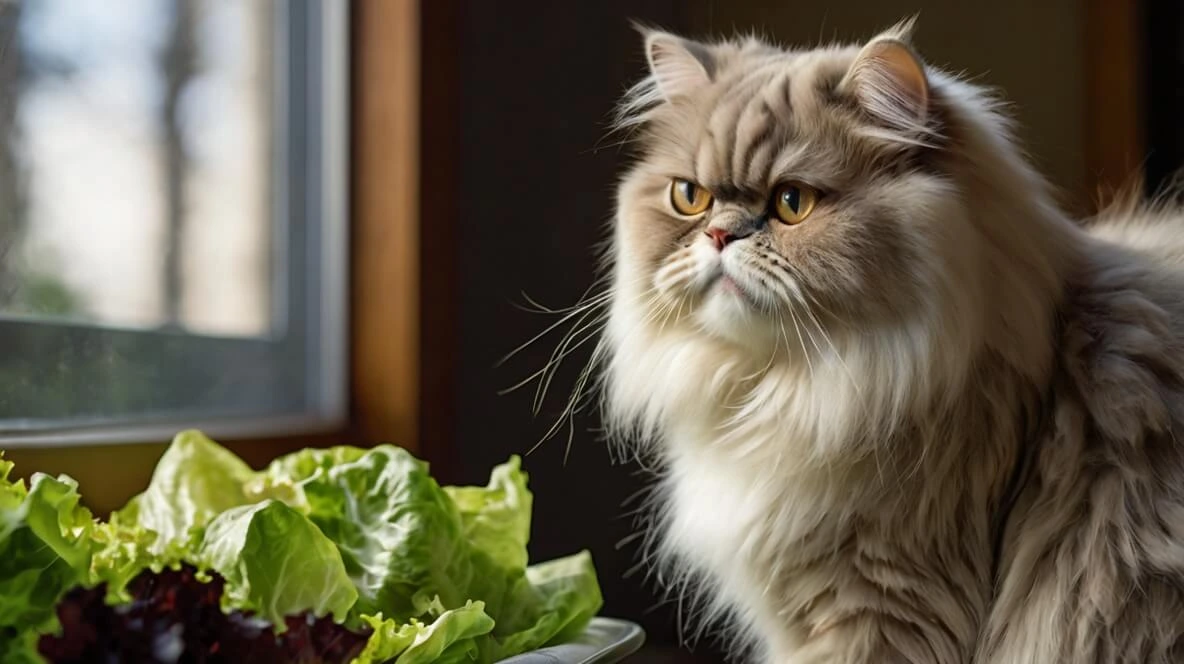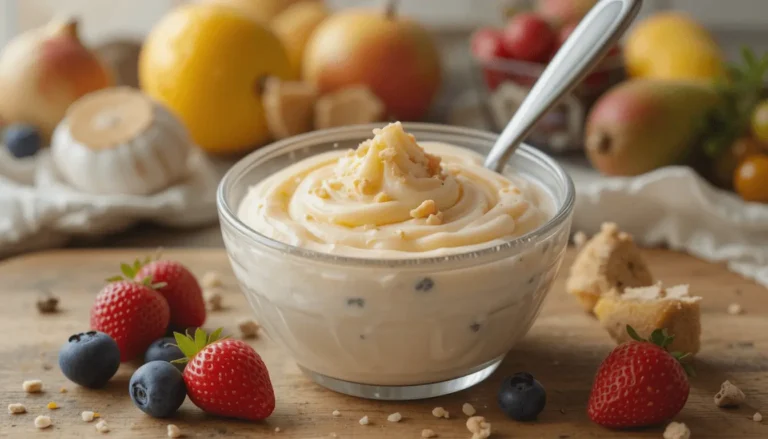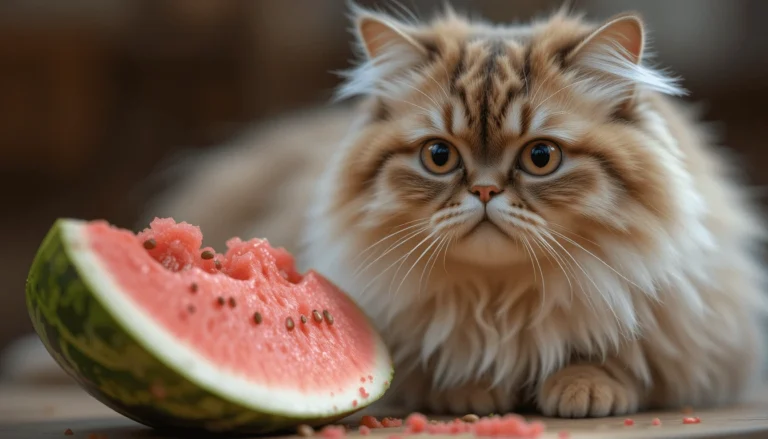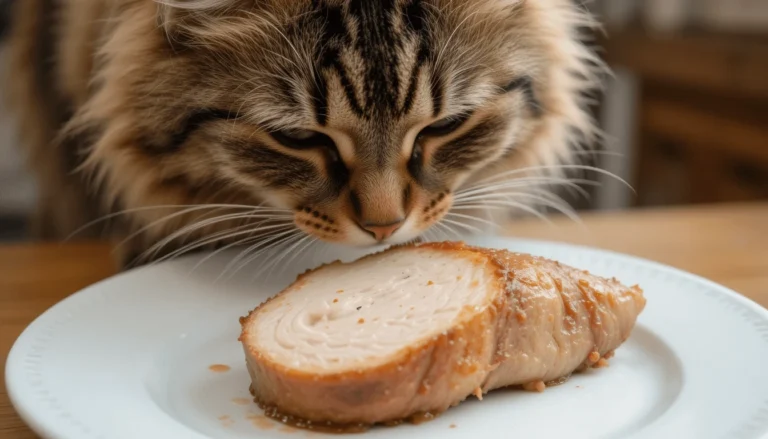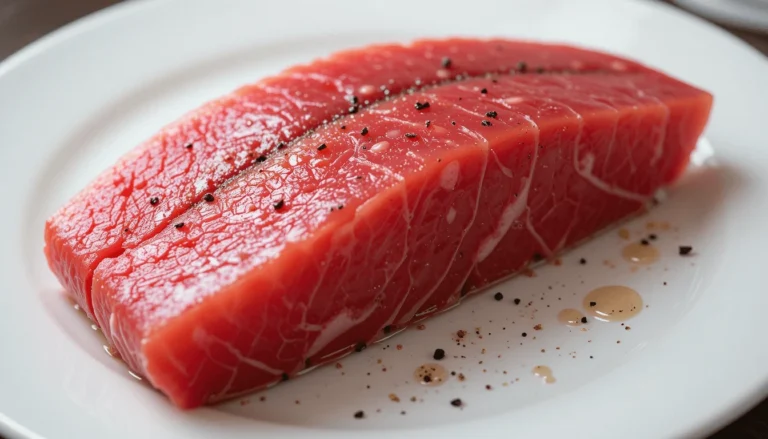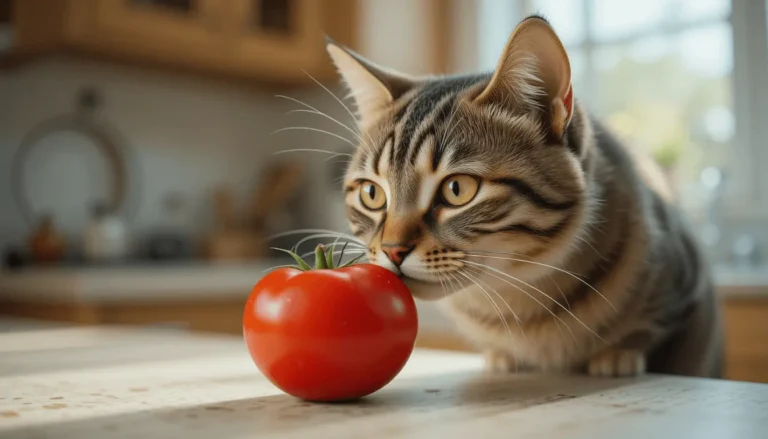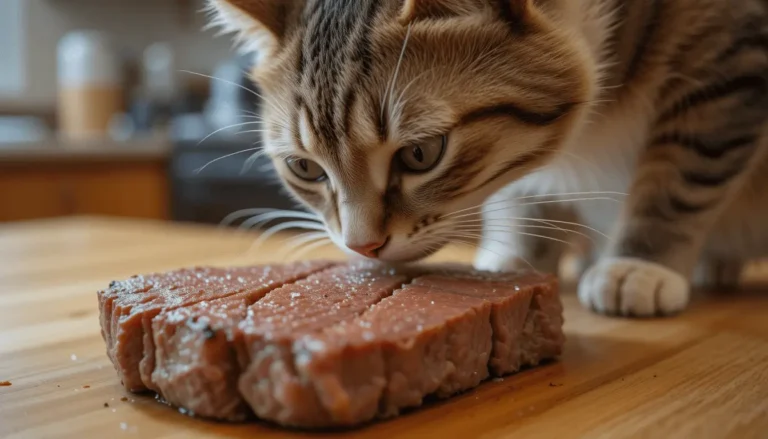Is Lettuce Safe for Cats? What Every Cat Owner Should Know
Introduction
“The Curious Case of Whiskers and the Lettuce Leaf”
Picture this: Your cat, Whiskers, eyes wide with mischief, bats a stray lettuce leaf across the kitchen floor. As they take an experimental nibble, you freeze—Is lettuce safe for cats?* The answer isn’t just yes or no. While lettuce isn’t toxic, feline nutrition is far from simple. Unlike humans, cats are obligate carnivores, meaning their bodies crave meat, not greens. But that doesn’t stop many cats from curiously sampling your salad. So, can this crunchy veggie harm them—or might it offer surprising benefits? Let’s dig into the vet-approved facts every cat owner should know.”*
Is Lettuce Safe for Cats? The Basic Facts
Lettuce is non-toxic to cats, making it a safer alternative to many other human foods. While it won’t harm them, it shouldn’t replace their meat-based diet. As obligate carnivores, cats have evolved to depend on animal-based proteins and fats for survival, lacking the digestive adaptations to efficiently process plant matter. That said, small amounts of lettuce can offer some benefits—if your cat shows interest.
Nutritional Value of Lettuce for Cats (Fiber, Water Content)
Lettuce is primarily water (about 95%), which can help with hydration, especially for cats that don’t drink enough. It also contains:
- Fiber – Aids digestion and may help with hairball control.
- Vitamins A & K – Support vision and blood clotting, though cats get most of these from meat.
- Low Calories – A crunchy, guilt-free snack for overweight cats.
However, lettuce lacks essential nutrients like taurine, which cats must get from animal sources. According to the ASPCA, a balanced feline diet should always prioritize high-quality protein.
How Cats Digest Leafy Greens vs. Meat
Cats have short digestive tracts optimized for breaking down meat, not plant matter. While they can process small amounts of lettuce, they lack the enzymes to fully digest cellulose (plant fiber). This means:
- Lettuce may pass through mostly undigested.
- Too much can cause mild stomach upset or diarrhea.
- Meat remains the most bioavailable nutrient source.
A study from the Journal of Experimental Biology confirms that cats derive little nutritional benefit from greens, but occasional nibbling is harmless.
Signs Your Cat Might Enjoy Lettuce (Curiosity, Nibbling)
Not all cats will care for lettuce, but some may show interest. Look for these signs:
- Sniffing or Pawing – Curiosity about your salad.
- Gentle Nibbling – Some cats enjoy the crunch.
- No Adverse Reactions – No vomiting or diarrhea afterward.
If your cat seems intrigued, offer a small, washed piece (avoid dressings or seasonings). Always monitor their reaction.

Potential Risks of Feeding Lettuce to Cats
While lettuce is generally safe, there are a few risks to be aware of before sharing it with your feline companion.
Choking Hazards (Large Pieces, Hard Stems)
Cats don’t chew food as thoroughly as humans, so large lettuce pieces or tough stems can pose a choking risk. To minimize danger:
- Chop lettuce into small, bite-sized pieces.
- Always remove the tough central ribs and stems, particularly from romaine or iceberg lettuce varieties.
- Supervise your cat while they eat to ensure safe chewing.
Pesticides and Washing Tips for Safety
Conventionally grown lettuce may contain pesticide residues, which can be harmful to cats. To reduce exposure:
- Choose organic lettuce when possible.
- Rinse thoroughly under running water to remove contaminants.
- Avoid pre-packaged salad mixes, which may contain preservatives.
The Environmental Working Group (EWG) lists lettuce as one of the produce items that can retain pesticides, so proper washing is crucial.
When Lettuce Becomes Unsafe (Allergies, Overfeeding)
While uncommon, certain cats might experience adverse reactions to lettuce. Watch for:
- Vomiting or diarrhea – Signs of digestive upset.
- Lethargy or loss of appetite – Possible allergic reaction.
- Bloating or increased gas suggests your cat’s system is struggling to process the fiber.
Overfeeding lettuce can also lead to nutritional imbalances since it doesn’t provide complete feline nutrition. Stick to occasional treats—no more than a few small pieces per week.

How to Safely Offer Lettuce to Your Cat
If your cat enjoys lettuce, follow these best practices to keep it a safe and enjoyable snack.
Best Types of Lettuce for Cats (Romaine, Iceberg)
Not all lettuce varieties are equal in terms of safety and digestibility. The best options include:
- Romaine – High in moisture and easy to digest.
- Iceberg – Mostly water, but lower in nutrients.
Avoid spinach and kale, as they contain oxalates, which can contribute to kidney issues in large amounts.
Preparing Lettuce: Chopped vs. Whole Leaves
How you serve lettuce matters for safety and ease of eating:
| Preparation Method | Pros | Cons |
|---|---|---|
| Chopped into small pieces | Reduces choking risk | Requires extra prep |
| Whole leaves (torn) | Mimics natural grazing | Harder to digest |
| Lightly steamed | Softens fiber | Less appealing texture |
For most cats, finely chopped or shredded lettuce is the safest option.
Alternatives to Lettuce (Cat Grass, Zucchini)
If your cat enjoys greens but lettuce isn’t a hit, consider these healthier alternatives:
- Cat Grass (Wheatgrass/Oatgrass) – Aids digestion and is safe for regular nibbling.
- Steamed Zucchini – Low-calorie and easy to digest.
- Cooked Green Beans – Provides fiber without excess carbs.
These options are often more nutrient-appropriate for cats while still satisfying their urge to chew greens.
Conclusion
While lettuce isn’t harmful to cats in small amounts, it should never replace their primary meat-based diet. The high water content can help with hydration, and the fiber may aid digestion, but these benefits are minimal compared to what cats get from quality cat food. Always introduce lettuce gradually and watch for any adverse reactions.
Remember, every cat is different – some may enjoy nibbling lettuce while others will completely ignore it. The key is moderation and supervision. When prepared properly and given occasionally, lettuce can be a safe, low-calorie treat for your feline friend.
Have you discovered any creative ways to incorporate safe greens into your cat’s diet? We’d love to hear about your experiences!
Looking for more cat nutrition tips? Check out these helpful resources:
- Safe Or Not ? Cat Food Guide
- ASPCA’s Guide to Cat Nutrition
- Cornell Feline Health Center – Feeding Your Cat
- FDA Pet Food Safety Guidelines
FAQs
Q: Can I give my cat lettuce every day?
A: While small amounts are safe, daily lettuce isn’t recommended. Cats need meat-based protein as their primary nutrition source. Lettuce should only be an occasional treat, not a dietary staple. Their digestive systems aren’t designed to process plant matter efficiently.
Q: What should I do if my cat eats too much lettuce?
A: Monitor closely for signs of digestive upset like vomiting, diarrhea, or loss of appetite. Provide plenty of fresh water and consider skipping their next meal to let their system settle. If symptoms persist beyond 24 hours or seem severe, contact your veterinarian immediately for advice.
Q: Are some types of lettuce better for cats than others?
A: Yes, romaine and iceberg lettuce are the safest choices because they’re low in potentially harmful compounds. Avoid spinach, kale, and other leafy greens that contain oxalates, which can contribute to kidney issues over time with regular consumption.
Q: My cat doesn’t seem interested in lettuce – should I be concerned?
A: Absolutely not! In fact, it’s completely normal. Remember that cats are obligate carnivores by nature. Their lack of interest in vegetables simply reflects their biological need for meat-based proteins. There’s no nutritional requirement for cats to eat greens.
Q: Can I mix lettuce with my cat’s regular food?
A: You can experiment with finely chopping a very small amount and mixing it in, but most cats will simply pick around it. For cats that enjoy greens, cat grass (wheatgrass) is often a better alternative that’s specifically grown for feline consumption and digestion.
Q: Are there any health benefits to giving cats lettuce?
A: The benefits are minimal but can include extra hydration (from the high water content) and some dietary fiber. However, these benefits can be more effectively obtained through proper cat food formulations and ensuring your cat drinks enough water.
Q: Could lettuce be dangerous for certain cats?
A: Yes, cats with certain health conditions (like kidney disease or digestive sensitivities) might react poorly. Kittens, senior cats, or cats with known food sensitivities should only try lettuce under veterinary supervision. Always consult your vet before introducing new foods.

